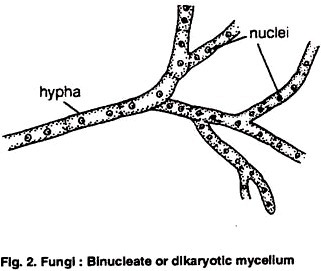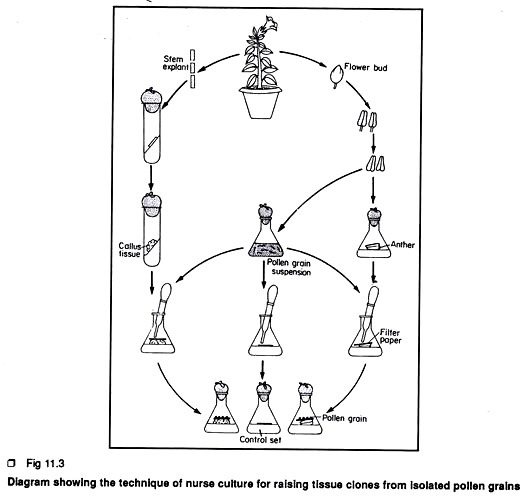ADVERTISEMENTS:
Gustatoreceptors are the organs of taste. These consist of taste buds confined to the tongue, pharynx, roof of the mouth cavity and epiglottis (man has about 10,000 taste buds).
In man there are four types of taste buds such as for sweetness, sourness, saltishness, and bitterness.
The distribution of these taste buds on the tongue as follows:
ADVERTISEMENTS:
(a) Sour taste receptors are found along the edge of the tongue,
(b) The salt taste receptors at the tip as well as the sides,
(c) The bitter taste receptors at the base and
(d) Sweet taste receptors at the tip (Fig. 1.34).
The taste buds are present in taste papillae. Three types of taste papillae are found in the tongue of man. They are filiform papillae (thread-like and are arranged over anterior 2/3 of the tongue); fungiform (resemble mushroom and found near the edge of the tongue) and circumvallate papillae (largest among three types, arranged in the form of inverted “V” at the base of the tongue).
The taste papilla lies embedded in the tongue epithelium and consists of neurosensory cells and supporting cells. The neuro sensory cells are provided with sensory hairs that lie on a depression called the taste pore that forms an opening of the taste bud (Fig. 1.35). Substances dissolved in mucus and saliva is perceived by these sensory hairs which are conveyed to the nerves. Neurosensory cells of taste buds receive nerve fibres from VII and IX cranial nerves.
Nose (Olfactoreceptors):
The olfactory organs are located in the nasal cavity. The elongated nasal cavity contains folded turbinal bones which are covered over by olfactory epithelium or Schneiderian membrane (Fig. 1.36). In man, it covers about 5 cm2 area in the roof of the nasal cavity near the nasal septum.
Olfactory epithelium consists of three types of cells:
1. Neurosensory,
2. Mucous cells and
ADVERTISEMENTS:
3. Supporting cells.
The mucous cells produce mucus which dissolves odoriferous substances. The neurosensory cells with many olfactory hairs can perceive the dissolved substances for smelling. They are also called as chemoreceptors. The sense of smell diminishes if the nasal mucous membrane is very dry, very wet or swollen during winter season. When we are adapted to certain smell we stop smelling to that particular smell.
For example, a chemist or biologist working in his laboratory seldom feels the peculiar laboratory smell (of chemical or preserved specimens) there, while an outsider entering the room immediately smell it. It is due to the fact that the sense of smell is quickly fatigued. Similarly, perfume does not smell as sweet to the wearer as to those who meet her.



